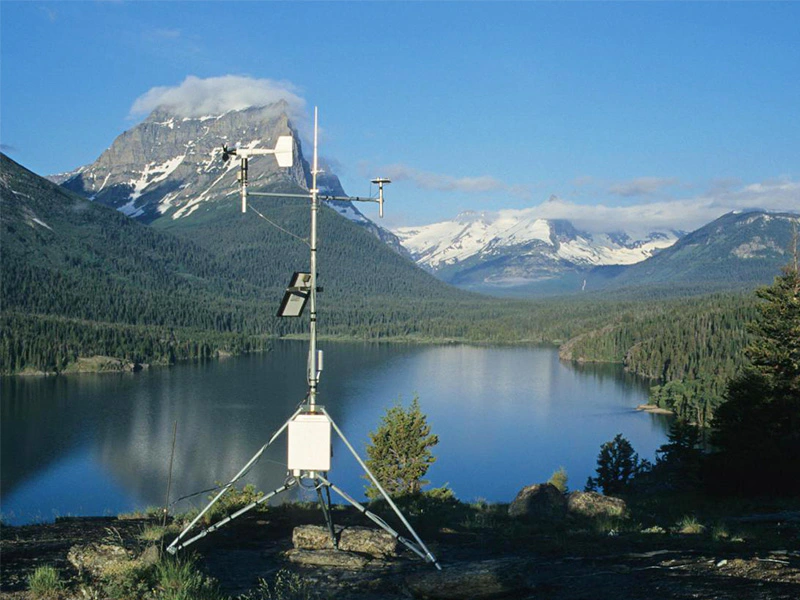
。
html
Meteorological Station Data Analysis for Weather Forecasting
Weather forecasting has become an essential part of modern life, helping us plan daily activities, agricultural operations, and even disaster preparedness. At the heart of accurate weather predictions lies the data collected by meteorological stations worldwide. These stations serve as the backbone of weather monitoring systems, providing real-time and historical data that meteorologists analyze to forecast weather conditions.
The Role of Meteorological Stations
Meteorological stations are equipped with advanced instruments to measure various atmospheric parameters, including temperature, humidity, wind speed, wind direction, precipitation, and atmospheric pressure. These measurements are recorded at regular intervals, often hourly, to create a comprehensive dataset. The data is then transmitted to weather centers where it undergoes rigorous analysis.
Data Collection and Processing
The accuracy of weather forecasts depends heavily on the quality of data collected by meteorological stations. Modern stations use automated sensors to minimize human error and ensure consistency. The collected data is processed using sophisticated algorithms and statistical models to identify patterns and trends. This processed information is then used to generate weather forecasts for different timeframes, from short-term (24-48 hours) to long-term (weekly or monthly) predictions.
Challenges in Weather Forecasting
Despite technological advancements, weather forecasting still faces challenges. Some of these include:
- Data gaps due to station malfunctions or remote locations
- Rapidly changing weather patterns, especially in tropical regions
- The complexity of modeling atmospheric interactions
- Limited computational power for high-resolution models
Future of Meteorological Data Analysis
With the advent of artificial intelligence and machine learning, meteorological data analysis is entering a new era. These technologies can process vast amounts of data more efficiently, potentially improving forecast accuracy. Additionally, the integration of satellite data with ground station measurements provides a more comprehensive view of weather systems. As technology continues to evolve, we can expect even more precise and timely weather forecasts in the future.
In conclusion, meteorological stations play a crucial role in weather forecasting by providing the fundamental data needed for analysis. As we continue to improve data collection methods and analytical techniques, our ability to predict weather patterns will only become more reliable, benefiting various sectors of society.
Keyword: meteorological station
